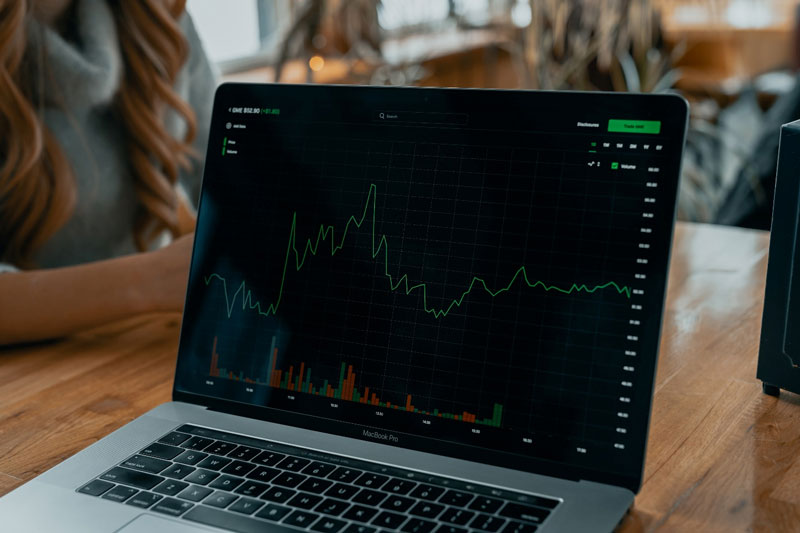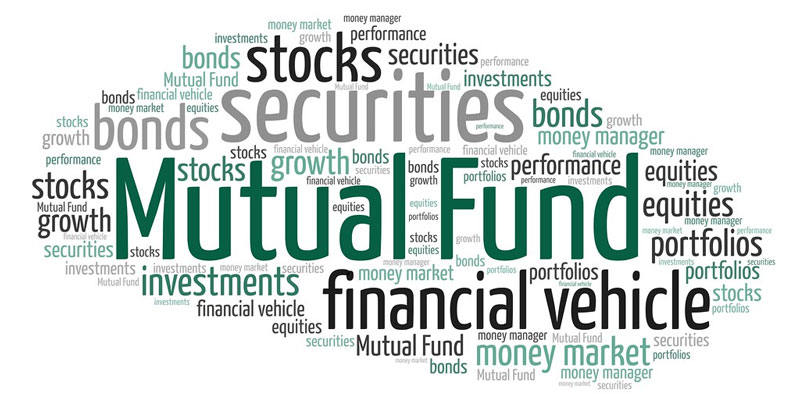How to Measure Risk in Mutual Funds?
Susan Kelly
Nov 08, 2023
The risk in mutual funds is defined as the unfortunate possibility that an investment's actual return will vary from the expected return. Mutual funds come with a great extent of risk like other investment options. Therefore, measuring risks before the investment is a crucial process before making investment decisions.
A mutual fund is a general term for funds that pool money from investors to invest in securities like bonds, stocks, short-term debt, and other assets. The funds are managed by a team of investment professionals. In some mutual funds, the risk is low and it is greater in some types of the mutual fund. But there is a degree of risk in every mutual fund.

Here, we've found the five best tools to measure risk and analyze the amount of risk involved in investment. These risk measurement tools can help you to determine funds’ performance, understand volatility, and determine historical returns. In this article, you will find about mutual funds, their risks, and five indicators of investment risk. Let's begin!
Different types of Mutual Funds
- Equity Funds
- Index Funds
- Income Funds
- Bond Funds
- Money Market Funds
- Hybrid Funds
- Global/International Funds
Risks of Investing in Mutual Funds
- Liquidity Risk
- Market Risk
- Inflation Risk
- Interest Rate Risk
- Currency Risk
- Credit Risk
Five Ways to Measure Risk in Mutual Funds
Here are the five ways to measure risks before investing in mutual funds. Let's discuss these ways in detail.
- Alpha
- Beta
- Standard Deviation
- R-Squared
- Sharpe Ratio
Alpha
Alpha is the measure of the actual investment performance and the performance based on the level of risk taken by the manager. It tells that how risk-adjusted performance of funds is better as compared to the benchmark index. Alpha is a relative rather than an entire risk measure. If the fund manager generates an expected return for the level of risk, then the fund will have zero alpha.
On the other hand, if the fund produced a greater return than the expected risk taken, then the alpha would be positive. The negative alpha shows that the fund manager has not enough rewarded investors for taking the risk. In simple words, alpha represents the value that the manager adds or removes from the portfolio's return. It depends on how better the fund manager runs the fund. The higher alpha is better for the investors.
Beta
Beta, also known as beta coefficient is the commonly used measure of risk. It measures the relative volatility of stock and systematic risk. It is calculated for every percentage change in its benchmark. The market of beta and benchmark will always be 1. It means that an investment's price should move with the market. Portfolio values are measured on basis of their deviation from the market.
A beta of less than 1 represents that the investment price will be less volatile as compared to the market. Besides, a beta greater than 1 indicates that investment would be more volatile than the market. Beta measures sensitivity of funds returns against its benchmark return. Therefore, a 20% increase or decrease in benchmark return will increase or decrease the fund's return by 20%.

Standard Deviation
Standard deviation is a measure of the dispersion of data from its mean. From an investment &' mutual fund perspective, it measures the total risk associated with funds and volatility.
The higher the standard deviation, the higher the stock is volatile means the higher the risk is involved with the stock. Low standard deviation means the probability of loss is low. Moreover, it tells us that how individual returns is deviating from the average expected return.
R-Squared
R-squared is a statistical measure that explains the fund's correlation with the change in its benchmark. R-square value varies from 0 to 100. If the fund has an R-square value close to 100 like between 80 to 100, then the fund will perform like the index.
On the other hand, if the fund will have a value of less than 70 then it will not perform like the typical index. R-square is useful way of measurement before selecting the fund. Investors should not go for the actively managed funds having high R-squared ratios and it is better to replace them with index funds.
Sharpe Ratio
Last but not least, the Sharpe ratio calculates risk-adjusted performances. Sharpe ratio is calculated by deducting the risk-free rate of return from the investment fund's return, then dividing it by the portfolio standard deviation.
The Sharpe ratio determines the excess risk taken by the investors and allows them to isolate profits associated with risk-taking activities. If the investment's Sharpe ratio is higher, the risk-adjusted performance will be better.
The Bottom Line
Every type of investment carries risk. Investors need to focus on investment risks along with investment returns. Volatility is one of the crucial things to consider while measuring the risk. All of these above-discussed tools are available on many financial websites that can help investors to evaluate their funds better and to help in the selection of funds Moreover, you can reduce the risk in mutual funds by diversifying your investment portfolio.







